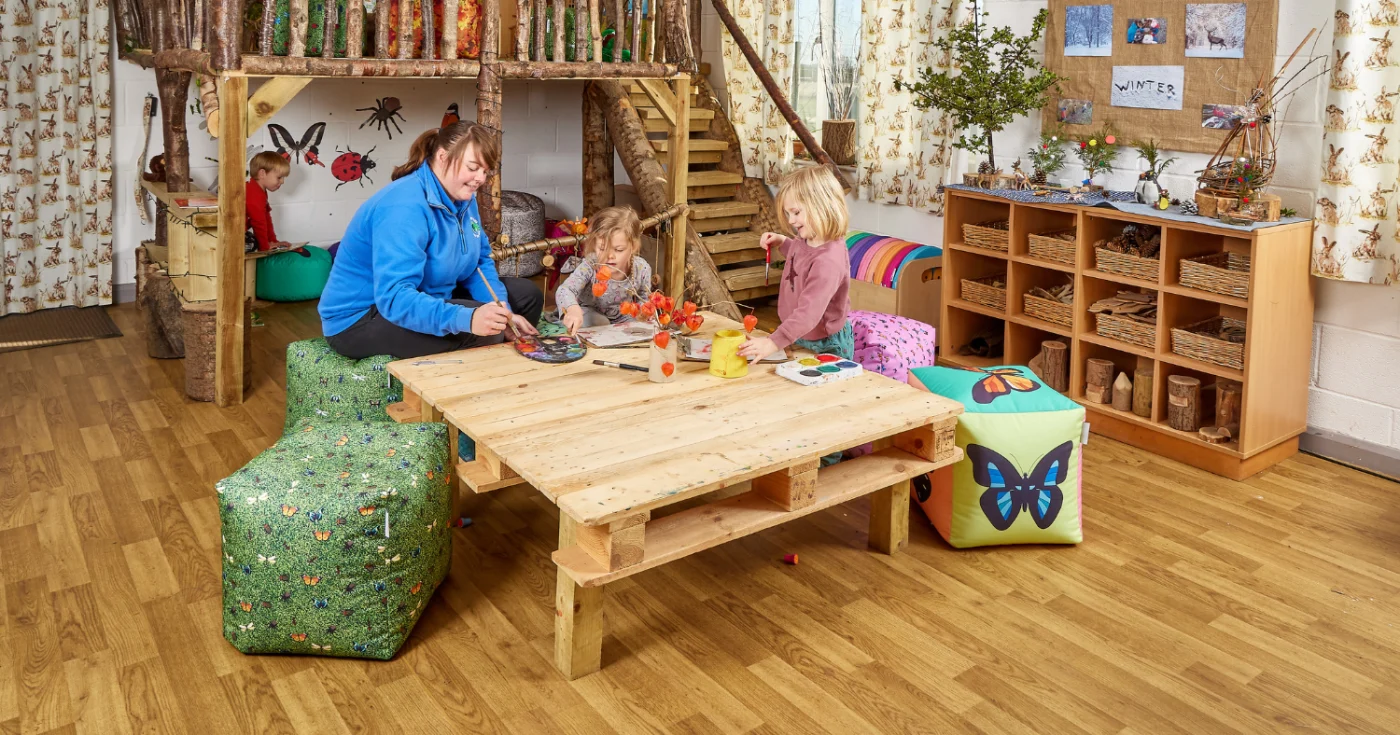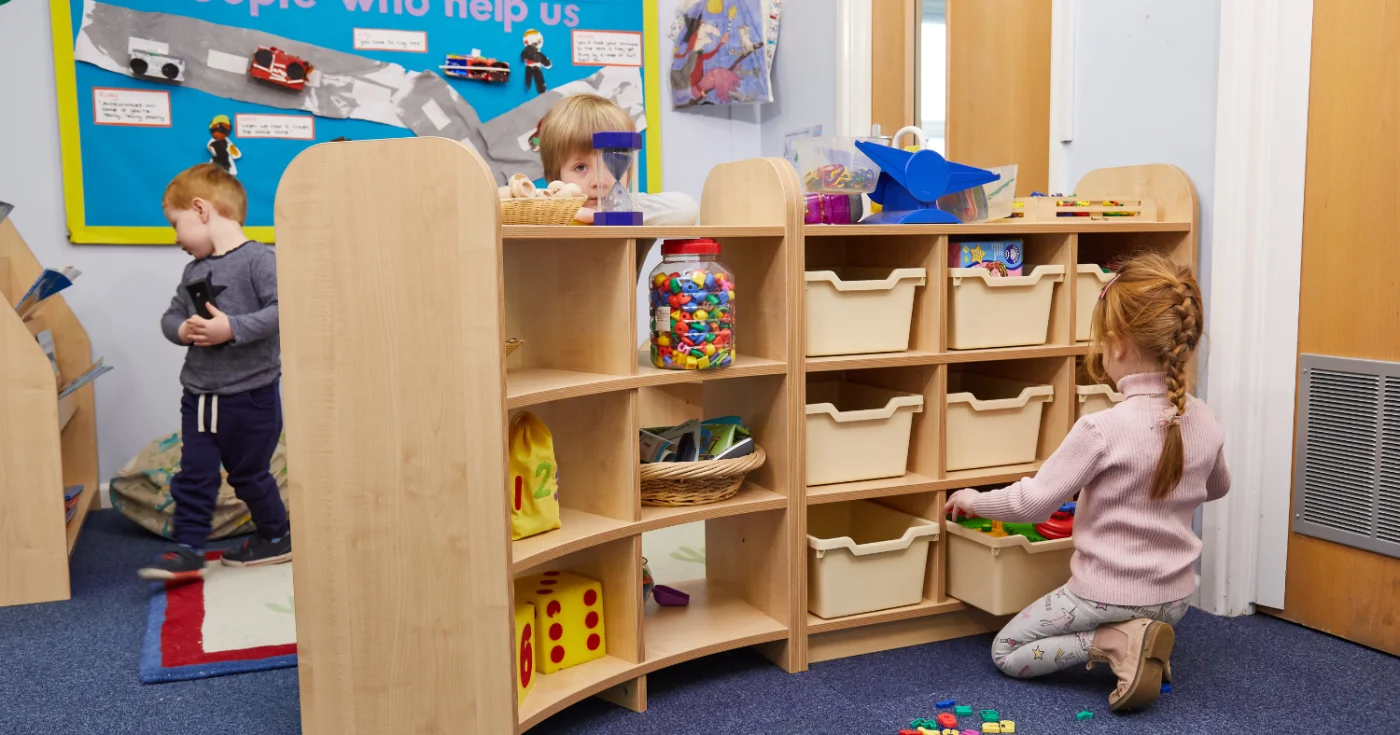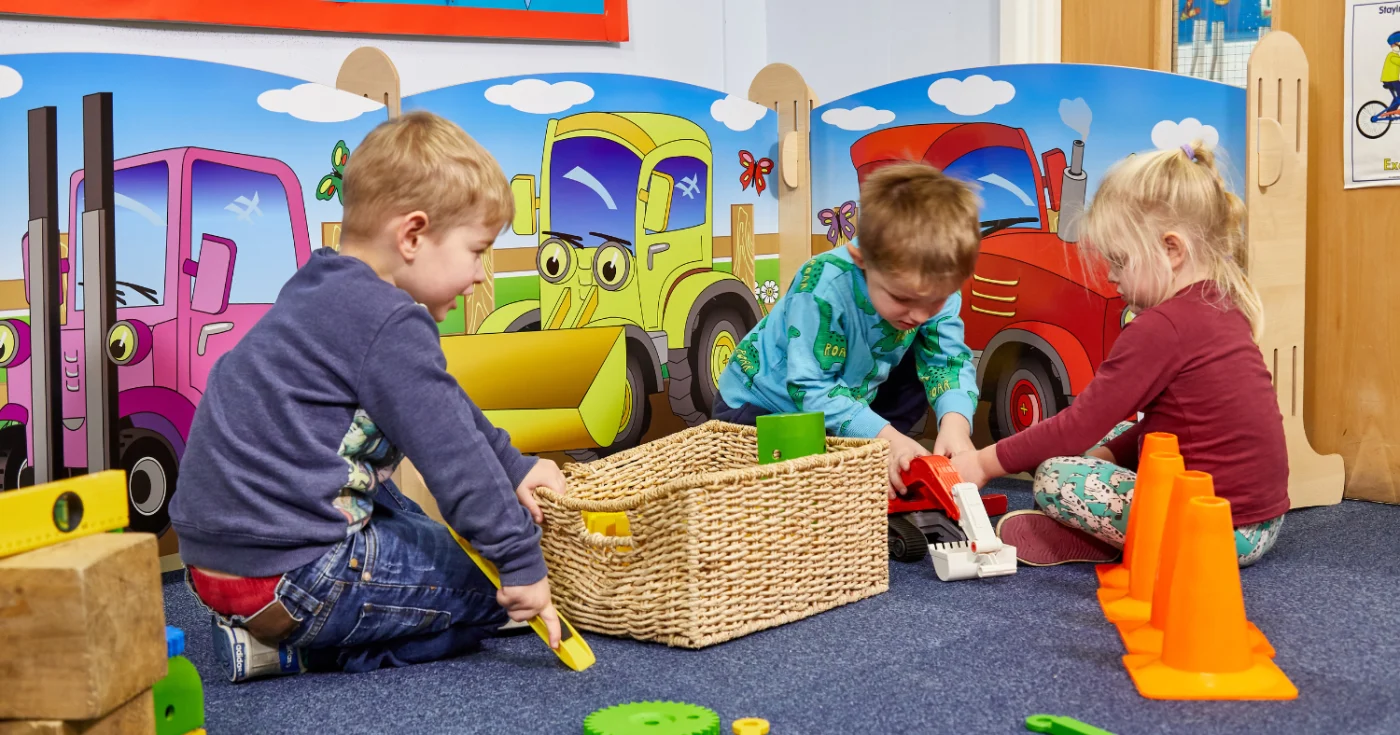Acorn Soft Seating, Teacher Lifestyle
The Role of Furniture in Special Education Settings
Have you ever thought about the role of school furniture in special education settings? In this article, we’ll explore how furniture plays a crucial role in creating inclusive learning environments for children with special needs. We all know that a well-designed and supportive learning environment can make a significant difference in a student’s educational journey. So, let’s dive in and discover the impact furniture can have on the overall well-being and learning experience of students in special education settings.
Creating an Inclusive Learning Environment for Children
Inclusive classrooms are essential for fostering a sense of belonging and promoting positive interactions among students with special needs and their neurotypical peers. Furniture is an integral part of this inclusive environment, as it can help break down physical barriers and create a welcoming space for all students. Imagine a classroom where everyone feels comfortable and supported, regardless of their abilities.

To promote inclusivity, special education classrooms can incorporate furniture designs and adaptations that cater to diverse needs. For example, adjustable desks and chairs can accommodate students with different physical requirements, allowing them to find the most comfortable position for learning. The use of ‘soft’ furniture is becoming an increasingly popular alternative, with some schools utilising foam-shaped seats as opposed to traditional classroom chairs.
Additionally, furniture can be arranged to create open spaces that facilitate movement and collaboration, enabling students to engage with each other and their surroundings more effectively. Types of furniture suitable in special education settings include:
- Beanbags
- Foam-Shaped Seating
- Display bookshelves, and
- Sensory-related equipment
Prioritising Ergonomics and Comfort
Comfortable furniture is essential in any educational setting, but it holds even greater significance in special education classrooms. Students with physical disabilities or sensory processing challenges often require ergonomic furniture that supports their unique needs. Ergonomically designed chairs, desks, and workstations can make a significant difference in their daily experiences.

By providing comfortable seating options, we can help students focus on their learning rather than physical discomfort. Adjustability is key when it comes to accommodating different body types and physical abilities. Adjustable furniture allows students to find their optimal position, providing the necessary support for prolonged periods of sitting or engaging in activities.
Features such as appropriate padding, soft materials, and contoured shapes provide support and reduce pressure points. A British science journal reported that poor posture in school children can lead to stress and strain on the body, as well as other issues like:
- Muscle pains
- Migraines
- Fatigue and low energy
- Low mood
- Recurring back pain in later life.
School furniture should be designed to accommodate individual preferences and sensory needs, such as offering options for alternative seating like bean bags, stability balls, or rocking chairs. The comfort of students directly impacts their ability to focus, participate, and learn effectively.
Features of Sensory-Friendly Furniture
Sensory-friendly furniture can be a game-changer for students with sensory processing disorders. This furniture is designed to accommodate and support the sensory needs of students with special needs or sensory sensitivities. Sensory rooms and sensory-friendly environments are increasingly being incorporated into schools to create inclusive spaces that promote learning, comfort, and well-being for students with sensory processing disorders, autism spectrum disorder, or other sensory challenges.

Here are some key points to consider about sensory-friendly furniture in schools:
Sensory Integration: Sensory-friendly furniture is designed to support sensory integration, which is the brain’s ability to process and respond to stimuli from the environment. Sensory rooms or dedicated spaces equipped with sensory-friendly furniture provide a controlled environment where students can regulate their sensory experiences and improve focus, attention, and self-regulation.
Sensory-Focused Features: Sensory-friendly furniture often includes features that engage different senses and provide sensory input. For example, furniture may incorporate textured surfaces, vibrating elements, or gentle rocking motions to offer tactile stimulation and promote relaxation. It can also include adjustable lighting options, calming colours, and sound-absorbing materials to create a soothing and comfortable environment. Soft furniture like bean bags are also popular among breakout rooms.
Flexibility and Adaptability: Sensory-friendly furniture is designed to be flexible and adaptable to accommodate individual needs. It may include modular or adjustable components that can be rearranged or customised to create personalised spaces. This flexibility allows students and teachers to modify the furniture arrangement based on specific sensory preferences or therapeutic goals. Foam seating is a great choice for flexibility due to its lightweight nature and colour features – like our Flower Seat Set!
Safety and Durability: Sensory-friendly furniture prioritises safety and durability to withstand the unique demands of special education settings. It is often constructed from materials that are easy to clean, hypoallergenic, and resistant to wear and tear. All of our soft seating at Willowbrook is antibacterial and come with simple cleaning instructions to ensure
Inclusive Design: Sensory-friendly furniture aims to be inclusive and accessible to all students, regardless of their sensory needs or abilities. It can be used by students with and without disabilities, promoting an inclusive classroom environment where all students can benefit from the sensory aspects of the furniture.
By incorporating sensory-friendly furniture into schools, educators can create supportive learning environments that cater to the sensory needs of students with special needs. These spaces allow students to regulate their sensory experiences, reduce anxiety, and improve focus, ultimately enhancing their overall well-being and engagement in the educational process.
Promoting Independence and Accessibility at School
Promoting independence and accessibility should be at the forefront of every special education classroom design. Furniture plays a significant role in achieving these goals. Adaptive furniture, such as desks with adjustable heights or assistive technology, empowers students with special needs to access materials, resources, and learning tools independently.

We recognise the tremendous impact it has on creating inclusive learning environments. The right furniture choices can foster a sense of belonging, comfort, and independence for students with special needs. By promoting inclusivity, supporting ergonomic needs, and incorporating sensory-friendly, flexible, and accessible furniture, we can create environments where all students can thrive.
Let’s continue to advocate for the importance of thoughtful furniture design in special education settings. By working together, educators, administrators, and parents can ensure that students with special needs have the best possible opportunities for growth, learning, and success. As we move forward, let’s embrace the potential for further advancements in furniture design to meet the unique needs of students in special education settings. Together, we can create truly inclusive spaces where every student feels valued and empowered to reach their full potential.
